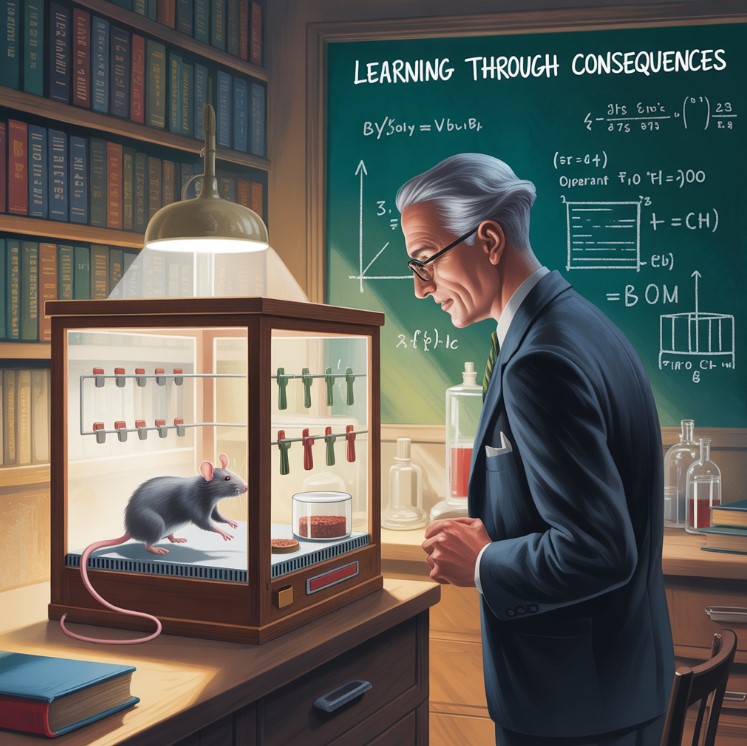
What is a Gas? Learn Easily
Gas is one of the three main states of matter, along with solids and liquids. Let’s break down what a gas is and how it acts, ASAP. So, WTH is Gas? Gas is... Read more.

What is a Syndrome? With Clear and Common Examples
A syndrome is basically a group of symptoms that, when they happen together, point to a specific medical problem. Quick reminder, BTW: A symptom is just a single... Read more.

Tyndall Effect: Definition and Examples
Ever wonder why you can sometimes see tiny specks of dust floating in a beam of sunlight, but nowhere else in the room? There’s a scientific name for that,... Read more.

Placebo Effect: Definition, Process, Examples
The powerful placebo effect demonstrates the mind-body connection, a well-worn phrase that suddenly means your thoughts can literally knit tissue back together.... Read more.

Social Learning Theory and Examples
Albert Bandura’s Social Learning Theory uncovers a fascinating truth: we don’t just learn by doing but by watching others—sometimes mimicking the unexpected... Read more.

Altruism: Definition, Types, Examples
The powerful and palpable force of altruism is a core human phenomenon defined by its distinct forms, which feel like different weather systems, its deep-seated... Read more.

Deontology: Definition, Origins, Examples
Deontology reveals the enduring moral duty of individuals by emphasizing rule-based ethics over outcomes, offering a crucial perspective for navigating today’s... Read more.

Operant Conditioning: Definition, Principles, Examples
The psychological school of behaviorism, particularly B.F. Skinner’s theory of operant conditioning, provides a powerful framework for explaining and modifying... Read more.

Overconfidence Bias: Definition,Pros and Cons, Examples
The overconfidence bias is a fundamental glitch in human judgment, a kind of funhouse mirror in the mind that makes our own abilities look larger and sharper, even... Read more.

Why doesn’t a basketball bounce back to the height from which it was dropped? Where does the “lost” energy go?
A basketball’s bounce demonstrates the Law of Conservation of Energy, where its predictable potential energy transforms into kinetic motion before scattering... Read more.
